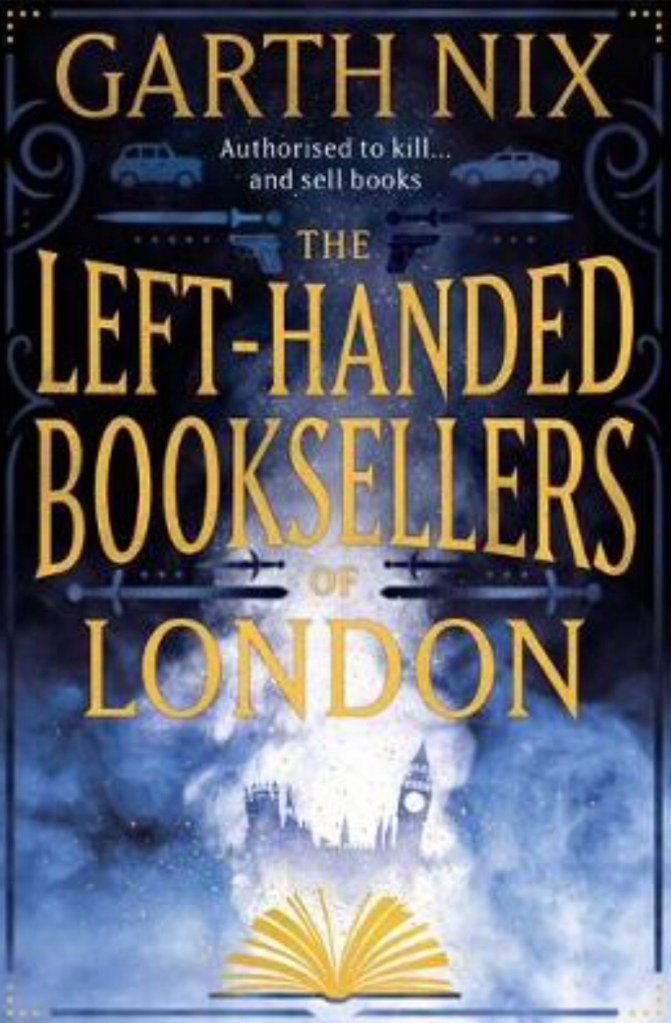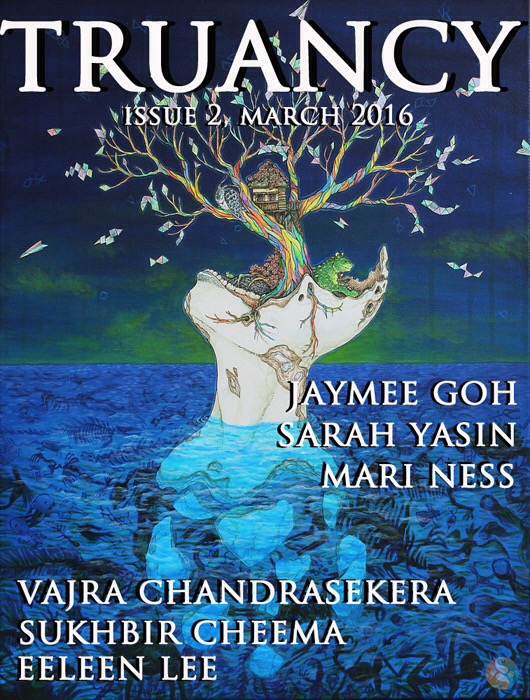This is a cut and paste of my review on NetGalley!
As a longstanding Nix-fan, I’m very happy to say this book did not disappoint. It was a delight and I’m so grateful for the advance reader copy!
I love it when Garth Nix writes standalone books; as much as I love his series, he really shines when he condenses the narrative to a single volume, as he did before with the brilliant Shade’s Children.

This adventure is packed with pagan lore and big, quest type concepts, sweeps the English countryside and manages to feel cosy and folksy at the same time.
But what is really wonderful about this book is that I was, very decidedly, suffering from major ‘Merlin-Fatigue’ before reading it.
I will admit that when I realised this was a Merlin based story my first reaction was ‘For heaven’s sake, hasn’t riffing on Arthurian themes been done, overdone, and then done to death?’
It’s always brilliant to be proven wrong. This is such a lovely take on Merlin and his relationship with his sister Vivien, Susan and the human/magical worlds around him that I was riveted. The fact that everything is tied up with a secret society of ancient personages prowling the perimiter of the modern world to protect it, in the guise of booksellers-with-supernatural skills, plus that a lot of those society interactions take place in libraries and/or specialty bookshops, is a joy for a bookworm!
On top of that, I’m a middle-aged woman and officially not the target audience but it didn’t matter one bit. That has always been the case with Garth Nix.
I wasn’t introduced to his books until at least my early thirties and I’ve been hooked ever since. That is certainly not always so with YA books but he has a fantastic insight in the teenage mind and has an ability to describe them so well, without them ever becoming exasperating to the reader!
This is a ripping yarn, I loved the pagan elements, the beautiful yet wild spirit of Old Nature that permeated everything, the snappy dialogue, the humour and the very present sense of dread and danger.
Susan’s personal quest for her father and how she comes to grips with who and what he is is extremely well done and the final resolution is deeply satisfying, albeit bittersweet.
There is definitely scope for a sequel but I almost hope this is it.
Perfect book.








You must be logged in to post a comment.